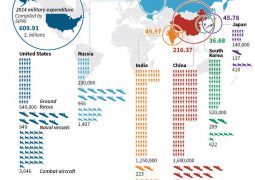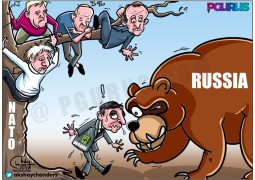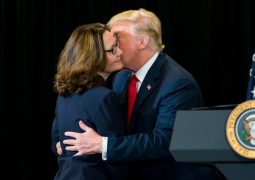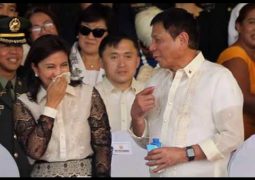The Art of U.S.-India Defense Deals
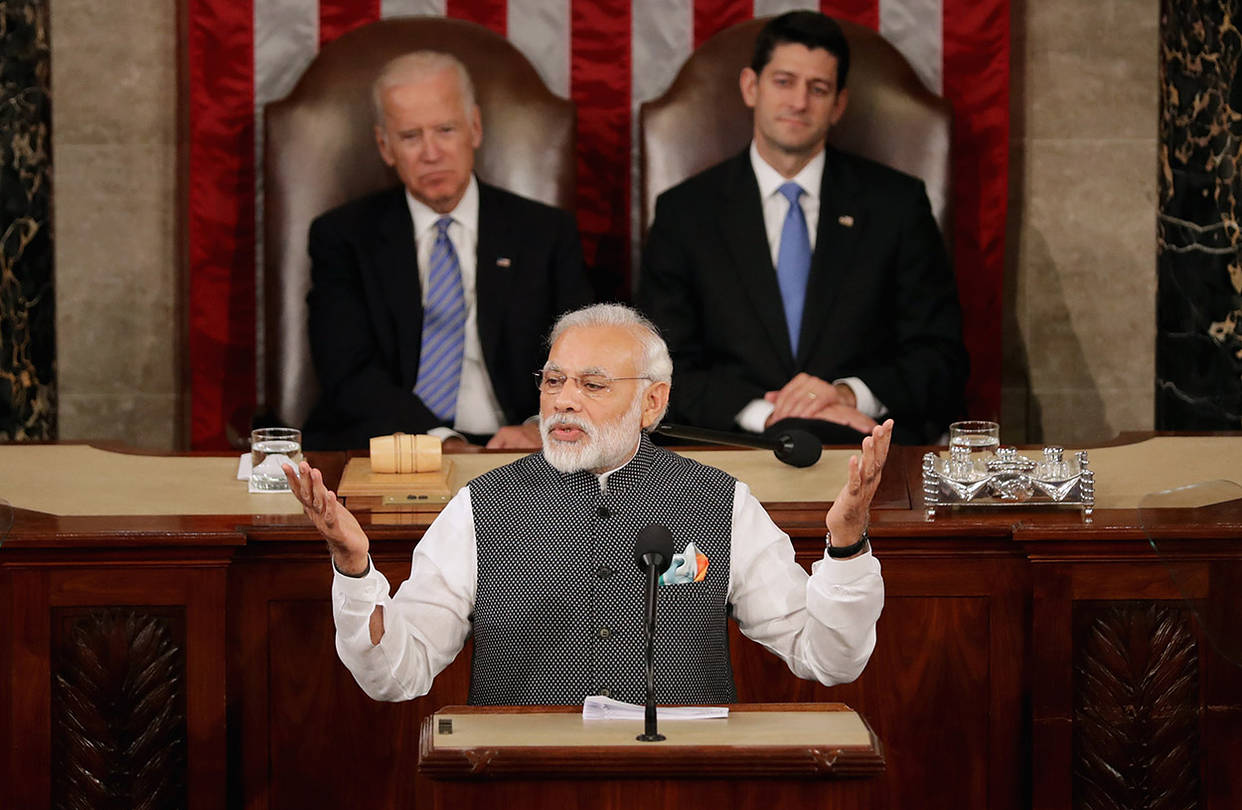
Will India’s Prime Minister Narendra Modi soon shake hands with President Trump in the Oval Office? Are “good deals” to be had by these reputed deal makers? Indian Foreign Secretary Subrahmanyam Jaishankar is in Washington this week to answer these questions.
He will no doubt focus on defense ties. No other area affords more opportunity. The belief that the U.S. and India are natural defense partners enjoys remarkably widespread agreement in Washington, uniting “Never Trump” Republicans, Democrats and the Trump administration, at least by initial indications. Last year the Republican-led Congress and President Obama both declared India a “Major Defense Partner,” but the relationship lacks the depth and breadth that is warranted by the nations’ common interests.
Sadly, the U.S. military has conducted more combat missions with the military of Mongolia, a country of three million people, than with the Indian armed forces, the third-largest standing army in the world. This fact is all the more glaring considering that American and Indian soldiers remain prime targets of the same terrorist organizations operating from Afghanistan and Pakistan.
Despite growing to $15 billion from approximately $300 million over the past decade, U.S.-India defense trade has a long way to go. Russia is still India’s largest defense supplier, accounting for 68% of India’s total arms imports, compared with only 14% from the U.S., according to the Stockholm International Peace Research Institute.
Most Indians have no desire to remain so dependent on the Russians, who have repeatedly failed to fulfill promises on major defense programs such as fifth-generation fighter aircraft. Last year Russia conducted its first military exercise with the Pakistanis, and recently Vladimir Putin greenlighted the sale to China of the S-400 antiaircraft system, one of the most advanced in the world.
Today there is an opportunity to rebalance India’s defense relationships. The current situation is the legacy of a few decisions by American and Indian leaders during the Cold War. If Henry Kissinger and Indira Gandhi had turned left instead of right at a few critical moments, the U.S.-India defense partnership would look very different today.
It is past time that U.S.-Indian security cooperation reflected both nations’ highly convergent interests. But this will only occur if political leaders seal new deals.
One deal that has been a long time coming is a counterterrorism partnership. Cooperation should take place across the spectrum of diplomatic, military, intelligence and law-enforcement efforts.
A lot has been learned since 9/11. We know from experience that U.S. overtures to Pakistan will not reverse that country’s strategic commitment to employing terrorists as proxies and deploying a large arsenal of tactical nuclear weapons. It is also clear that India’s decision not to participate in the U.S.-led multinational military campaign in Afghanistan deprived it of the ability to check terrorist sanctuaries that pose a direct threat to its citizens.
A U.S.-India counterterrorism partnership should begin in Afghanistan. One possibility is for Indian forces to partner directly with American special operators in mapping terrorist networks and preparing contingency plans to increase response options when the next terrorist attack inevitably occurs.
This would increase joint capabilities to address common security threats. The fact is that adversarial policies undertaken by Pakistan, Russia and China will continue regardless of the level of U.S.-India security cooperation.
A second deal that should be on the table is a major fighter-aircraft sale and coproduction arrangement. India’s air force and navy desperately need to replace their aging fleet of Soviet-era jets with some 300 fourth-generation fighters. Sweden’s JAS-39 Gripen and America’s F-16 Falcon are competing for the Indian air force contract, while Boeing’s F-18 Hornet is a prime contender to satisfy the Indian navy’s need for a carrier born-fighter.
A fighter deal would represent a breakthrough in trust that would have a cascading effect, compelling governments and industry to work more closely together on a broad range of defense issues. Both deals would generate significant jobs for American and Indian workers, with the F-16 offer promising to preserve 1,000 U.S. jobs, according to industry sources.
A third deal would cement agreements for advanced defense-technology cooperation. Indian opposition to basic agreements governing technology security is unjustified, based on claims that similar arrangements the U.S. has with more than 100 other countries would somehow expose India to American spying and even military occupation.
The absence of these agreements has already deprived the Indian military of secure communication links, precision Global Positioning System gear and state-of-the-art guidance for missiles. More damaging is the barrier their absence imposes on future defense cooperation. Defense planners across the globe know that the future is in autonomous systems, but the U.S. cannot cooperate with India on advanced unmanned aerial vehicles without an arrangement to govern communications security.
The Indian and U.S. governments should exercise creativity and flexibly to reach these essential agreements. With them, Messrs. Modi and Trump would generate jobs and strengthen security.
Mr. Schwartz served as India director in the Office of the Secretary of Defense and is currently director for defense and aerospace at the U.S.-India Business Council.
- Previous Police Confiscate Passports in Parts of Xinjiang, in Western China
- Next China’s Self-Defeating Religious Crackdown Will Beijing double down on its religious controls or learn to ease its grip?




